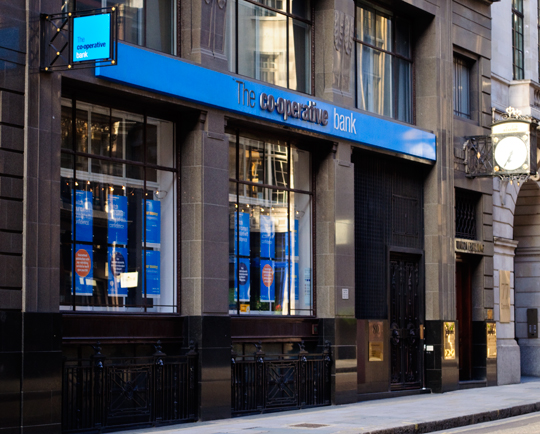News
Co-op Bank up for sale: what it means for customers

Guest Author:
Paloma KubiakThe Co-operative Bank has put itself up for sale in a bid to rebuild its capital position.
Co-op Bank, which is 20% owned by the Co-operative Group, said the sale is “the best route forward to deliver the next phase of the bank’s turnaround plan”.
In a statement, it said: “Our ability to continue to build capital for the future has been adversely impacted by the lower for longer interest rate environment and the greater than expected cost of fixing the legacy issues of the past.”
Co-op Bank nearly went bust in 2013 before it was bailed out by a £1.5bn rescue package.
The bank said it had made significant progress since 2013 to rebuild its banking proposition and fix “major legacy issues”.
What does this mean for customers?
The bank has four million customers spread across its current account, savings, mortgage, credit card and loan products.

Why Life Insurance Still Matters – Even During a Cost-of-Living Crisis
Sponsored by Post Office
It said today’s announcement is an intention to sell the bank and that it’s “business as usual” and “will have no direct impact” on its products.
A spokesperson confirmed there are no plans to pull its £110 current account switching incentive.
The bank said customers’ money is safe, with deposits up to £85,000 protected by the Financial Services Compensation Scheme (FSCS).
In its message to customers, Liam Coleman, chief executive of Co-op Bank, said: “The Co-operative Bank has a valuable role to play in providing customers with a different choice in the market, set apart by the values and ethics that remain a key reason why customers choose to bank with us.
“Ensuring that these continue to sit at the heart of the bank is vital and we are delighted to be celebrating the 25th anniversary of our customer-led Ethical Policy during 2017.
“We have worked hard to rebuild our retail banking proposition, differentiated by our values and ethics and strong customer service, which we know is valued by our customers. We have made considerable progress to address major legacy issues we inherited in many areas and made the bank more resilient overall.”